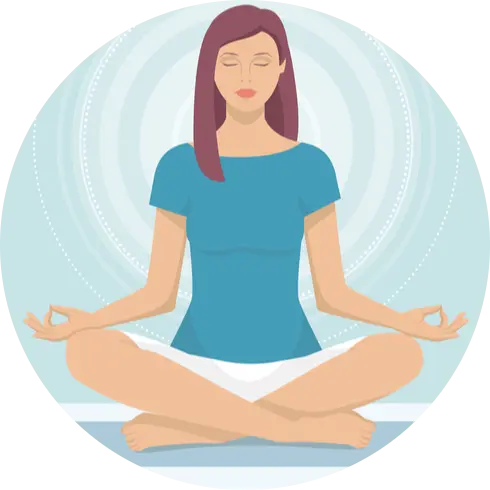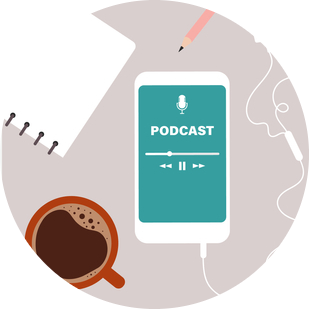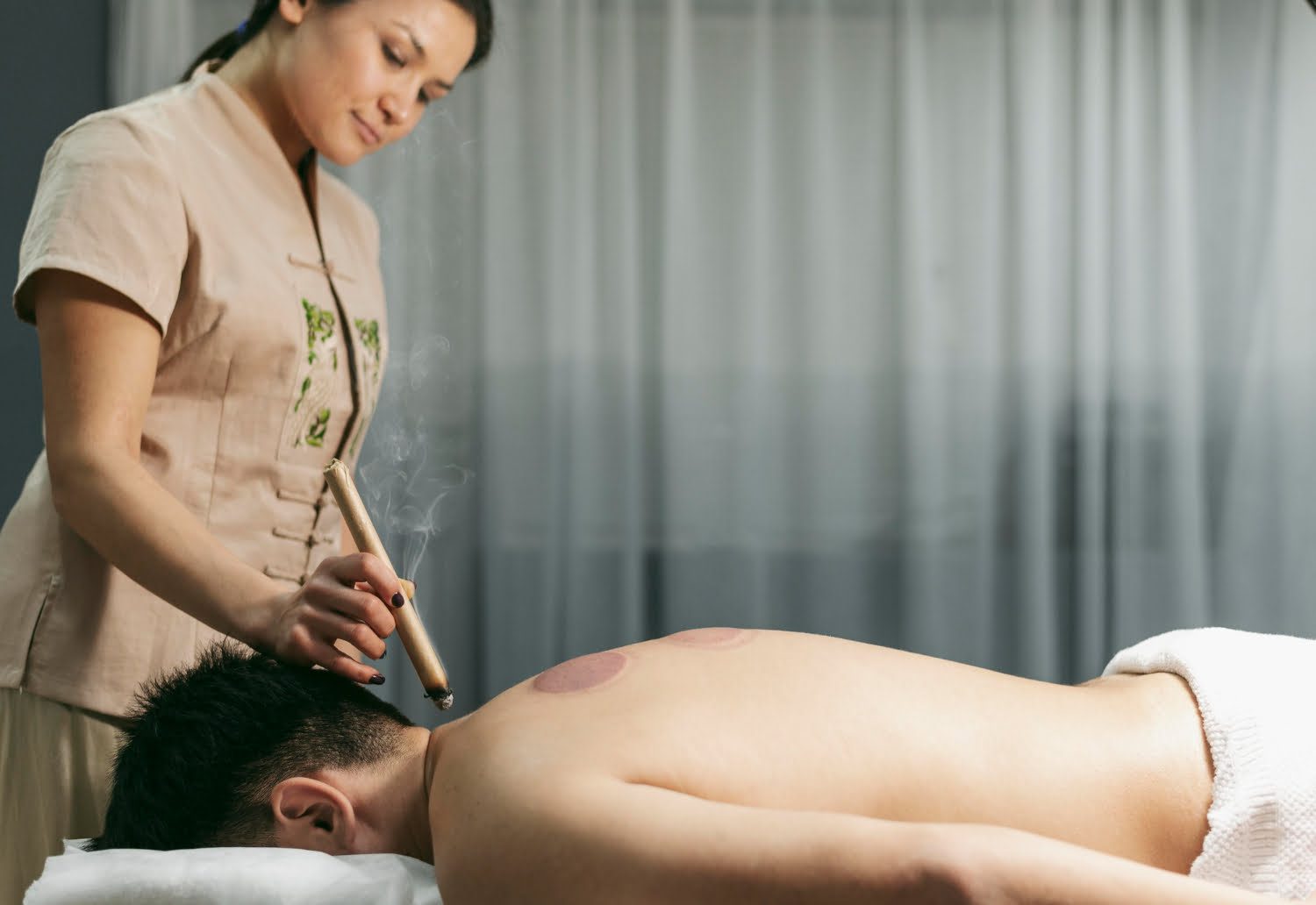Asian Bodywork Therapy refers to a holistic approach to healing and wellness that originated in ancient Asian cultures. It encompasses a wide range of therapeutic techniques and practices, all of which aim to restore balance and harmony within the body, mind, and spirit. This form of therapy incorporates an understanding of the body’s energy system, known as Qi or Chi, and focuses on promoting the free flow of this vital energy.
Asian Bodywork Therapy encompasses various modalities, including acupressure, shiatsu, Thai massage, and Jin Shin Do, among others. Through the application of skilled touch and manipulation, practitioners of Asian Bodywork Therapy aim to alleviate pain, reduce stress, and promote overall well-being.
Benefits Asian Bodywork Therapy.
There are numerous benefits associated with Asian Bodywork Therapy, a holistic approach to healing that has been practiced for centuries. This therapeutic technique, derived from ancient Eastern philosophies, focuses on maintaining the balance and flow of energy within the body to promote overall wellness and vitality. Here are some significant advantages that individuals can experience through Asian Bodywork Therapy:
1. Stress reduction.

Asian Bodywork Therapy helps to alleviate stress and tension by stimulating the body’s natural relaxation response. By targeting specific acupressure points and meridians, this therapy releases blocked energy and promotes deep relaxation, leading to reduced anxiety and improved mental well-being.
2. Pain management.
This therapy effectively addresses various types of pain, including chronic pain conditions such as arthritis, migraines, and back pain. Through techniques like acupressure, shiatsu, and tui na, Asian Bodywork Therapy helps to relieve muscle tension, reduce inflammation, and promote the body’s natural healing response.
3. Improved circulation.
By applying pressure and manipulation techniques, Asian Bodywork Therapy enhances blood and lymphatic circulation throughout the body. This increased circulation helps to deliver nutrients and oxygen to cells, remove waste products, and promote the overall health and functioning of organs and tissues.
4. Enhanced immune system.
Asian Bodywork Therapy helps to strengthen the immune system by stimulating the body’s natural defense mechanisms. By improving energy flow and removing blockages, this therapy enhances the body’s ability to fight off infections and diseases, ultimately leading to improved overall health and well-being.
5. Emotional balance.
Asian Bodywork Therapy recognizes the interconnectedness of the body and mind. By addressing energy imbalances and promoting relaxation, this therapy can help individuals achieve emotional balance and relieve symptoms of depression, anxiety, and other emotional disorders.
6. Increased flexibility and range of motion.
Asian Bodywork Therapy incorporates stretching and joint mobilization techniques that help to improve flexibility, range of motion, and overall physical performance. By releasing muscle tension and improving energy flow, this therapy can enhance athletic performance and prevent injuries.
7. Improved sleep quality.

Many individuals struggle with sleep disorders or have difficulty falling asleep due to stress and anxiety. Asian Bodywork Therapy helps to calm the nervous system, promote relaxation, and restore the body’s natural sleep patterns, leading to improved sleep quality and a more rejuvenated state upon waking.
8. Holistic approach to wellness.
Asian Bodywork Therapy treats the body as a whole, addressing both physical and energetic imbalances. By considering the body, mind, and spirit as interconnected entities, this therapy helps individuals achieve a state of holistic well-being, promoting overall health and vitality.
| 💡 Tips FitnessQuora.com Asian Bodywork Therapy offers a wide range of benefits that positively impact physical, emotional, and mental well-being. By harmonizing the body’s energy flow, relieving pain, reducing stress, and promoting relaxation, this ancient healing practice provides a holistic approach to achieving optimal health and vitality. |
Where can you receive Asian bodywork therapy?
Asian bodywork therapy can be found in various places, ranging from specialized wellness centers to massage studios and spas. Many major cities around the world offer a wide range of options for individuals seeking this therapeutic practice. Traditional Chinese medicine clinics, Ayurvedic centers, and holistic wellness retreats are also potential locations where one can receive Asian bodywork therapy. Additionally, some individuals may choose to seek out independent practitioners who offer their services from private practices or even in the comfort of their own homes. With its growing popularity and recognition as an effective form of alternative therapy, finding a place to receive Asian bodywork therapy is becoming increasingly accessible.
Who can take asian bodywork therapy?
This therapy is suitable for people of all ages, backgrounds, and physical conditions. Whether one is dealing with chronic pain, stress, or simply looking to enhance their overall well-being, Asian bodywork therapy can offer immense benefits. It is safe and effective for pregnant women, athletes recovering from injuries, individuals with limited mobility, and those seeking emotional balance. By incorporating techniques such as acupressure, meridian massage, and energy work, Asian bodywork therapy aims to restore the body’s natural flow of energy, promoting a sense of harmony and vitality.
Who Should Avoid asian bodywork therapy?
While Asian bodywork therapy can be beneficial for most individuals, there are certain groups who should exercise caution or avoid this type of therapy altogether. Pregnant women should consult with their healthcare provider before undergoing Asian bodywork therapy, as some techniques may not be suitable during pregnancy. Individuals with certain medical conditions such as cancer, open wounds, fractures, severe osteoporosis, or blood clotting disorders should avoid this therapy. People who have recently undergone surgery or are taking blood-thinning medications should also abstain from Asian bodywork therapy due to potential risks. It is important for individuals with any health concerns to discuss with a qualified therapist or healthcare professional before considering this type of treatment.
Procedure of Asian bodywork therapy.
1. Assessment: The therapist begins by evaluating the client’s overall health, medical history, and specific concerns. This assessment helps them identify any imbalances or blockages in the body’s energy flow, allowing them to tailor the treatment plan accordingly.
2. Client Preparation: The therapist creates a calm and relaxing environment to ensure the client’s comfort. This may involve dimming the lights, playing soothing music, and providing a comfortable massage table or mat. The client is then guided to lie down or sit comfortably, depending on the specific technique being used.
3. Energy Balancing Techniques: Asian bodywork therapy employs a range of techniques to manipulate the body’s energy flow. These techniques may include acupressure, Shiatsu, Thai massage, reflexology, or Jin Shin Jyutsu. The therapist applies pressure on specific acupoints or energy channels along the meridians, using their fingers, palms, elbows, or even feet to stimulate the flow of energy.
4. Stretches and Joint Mobilization: Alongside acupressure, Asian bodywork therapy often incorporates gentle stretching and joint mobilization techniques. These movements help improve flexibility, release tension, and promote the smooth flow of energy throughout the body.
5. Breathing and Relaxation: Throughout the session, the therapist encourages deep breathing and guides the client to relax both physically and mentally. This promotes a state of calmness and enhances the therapeutic effects of the treatment.
6. Emotional Release: Asian bodywork therapy recognizes the connection between physical and emotional well-being. During the session, the therapist may create a safe space for the client to express any emotional or psychological concerns that may arise. This can lead to the release of emotional blockages and promote emotional healing.
7. Post-Treatment Recommendations: After the session, the therapist may provide guidance on post-treatment self-care practices. This may include specific exercises, stretches, dietary recommendations, or lifestyle modifications to support the energy balancing achieved during the session.
8. Follow-up Sessions: Depending on the client’s needs and goals, a series of Asian bodywork therapy sessions may be recommended. Regular sessions help maintain the balance and harmony achieved, as well as address any ongoing concerns.
| 💡 Tips FitnessQuora.com Asian bodywork therapy is a highly personalized and intuitive practice that adapts to each individual’s unique needs. By addressing both the physical and energetic aspects of the body, this therapy aims to promote overall well-being, restore vitality, and enhance the body’s innate healing abilities. |
How to do Asian bodywork therapy At Home?
While it is typically performed by trained professionals in specialized clinics or spas, it is possible to incorporate elements of Asian bodywork therapy into your self-care routine at home. Here are some steps to help you get started:
1. Create a Relaxing Environment: Find a quiet and comfortable space in your home where you can unwind and relax. Dim the lights, play soft music, and ensure the temperature is pleasant to enhance the soothing ambiance.
2. Prepare Yourself: Change into loose, comfortable clothing that allows for ease of movement. It is best to work on a clean floor or a cushioned mat to provide a suitable surface for the therapy.
3. Deep Breathing and Meditation: Begin with deep breathing exercises to calm your mind and prepare your body for the therapy. Practice mindfulness or meditation techniques to focus your attention and promote relaxation.
4. Self-Acupressure: Acupressure involves applying gentle pressure to specific points along the body’s meridians, or energy pathways, to stimulate healing and balance. Research acupressure points related to your specific needs, such as stress relief, headache relief, or relaxation, and learn how to properly apply pressure to these points. Use your fingers, thumbs, or even small tools like acupressure balls to gently stimulate these points.
5. Self-Shiatsu: Shiatsu is a Japanese massage technique that involves applying rhythmic pressure to various points on the body. To perform self-shiatsu, learn about the key pressure points and meridians, and use your fingers, palms, or elbows to apply gentle pressure, kneading, or circular motions to these areas. Explore techniques like tapping, stretching, and rotating joints to release tension and promote energy flow.
6. Thai Massage Stretches: Incorporate Thai massage stretches into your routine to enhance flexibility, circulation, and relaxation. Learn basic Thai massage stretches or follow online tutorials to safely perform these techniques. Focus on stretching major muscle groups, joints, and areas prone to tension, such as the neck, shoulders, back, and legs.
7. Reflexology: Reflexology is a practice that involves applying pressure to specific points on the hands and feet, which correspond to different organs and areas of the body. Learn about reflexology charts and techniques to perform self-reflexology. Use your thumbs, fingers, or small massage tools to apply gentle pressure to these points, working on one foot or hand at a time.
8. Hydration and Rest: After performing Asian bodywork therapy at home, it is essential to drink plenty of water to stay hydrated and facilitate the removal of toxins from your body. Allow yourself time to rest and relax, giving your body a chance to fully absorb the benefits of the therapy.
| 💡 Tips FitnessQuora.com Remember, while self-practice can be beneficial, it is crucial to consult with a qualified professional if you have any underlying health conditions, injuries, or concerns. They can provide personalized guidance and ensure the therapy is safe and effective for your specific needs. |
Precautions to take While doing asian bodywork therapy at home.
- Find a quiet and comfortable space in your home where you can perform the therapy without interruption or distractions.
- Ensure that the room is well-ventilated and at a comfortable temperature.
- Make sure your body is properly warmed up before starting the therapy. You can do some gentle stretching exercises or take a warm shower beforehand.
- Familiarize yourself with the specific techniques and movements involved in the Asian bodywork therapy you are practicing. It is important to have a good understanding of the proper techniques to avoid causing harm or discomfort.
- Start with lighter pressure and gradually increase it to a level that feels comfortable. Avoid applying excessive force or pressure, especially on sensitive areas.
- Communicate with your body and pay attention to any discomfort or pain. If you experience any discomfort or pain during the therapy, stop immediately and seek professional guidance or assistance.
- Do not attempt any techniques or movements that you are unsure about or have not been trained in. Incorrect techniques can lead to injuries or exacerbate existing conditions.
- Keep your body hydrated by drinking water before and after the therapy.
- Avoid performing Asian bodywork therapy directly after a heavy meal or when you are feeling unwell or fatigued.
- If you have any pre-existing medical conditions or injuries, consult with a healthcare professional or a qualified Asian bodywork therapist before attempting the therapy at home. They can provide you with specific recommendations or modifications tailored to your condition.
- Finally, if you are unsure about performing Asian bodywork therapy at home, it is always best to seek the help of a trained and licensed professional therapist.
Bottom Line.
Asian bodywork therapy is a holistic approach to healing and promoting well-being by utilizing various techniques such as acupressure, shiatsu, and Thai massage. This traditional practice focuses on the body’s energy flow and aims to restore balance within the mind, body, and spirit. Through its therapeutic touch and intentional movements, Asian bodywork therapy offers a wide range of benefits, including stress reduction, pain relief, improved circulation, enhanced flexibility, and overall relaxation. As this ancient practice continues to gain recognition and popularity worldwide, it serves as a testament to its effectiveness and the profound impact it can have on individuals seeking a natural and harmonious approach to healing.

 Workout
Workout
 Meditation
Meditation





 Contact Us
Contact Us





